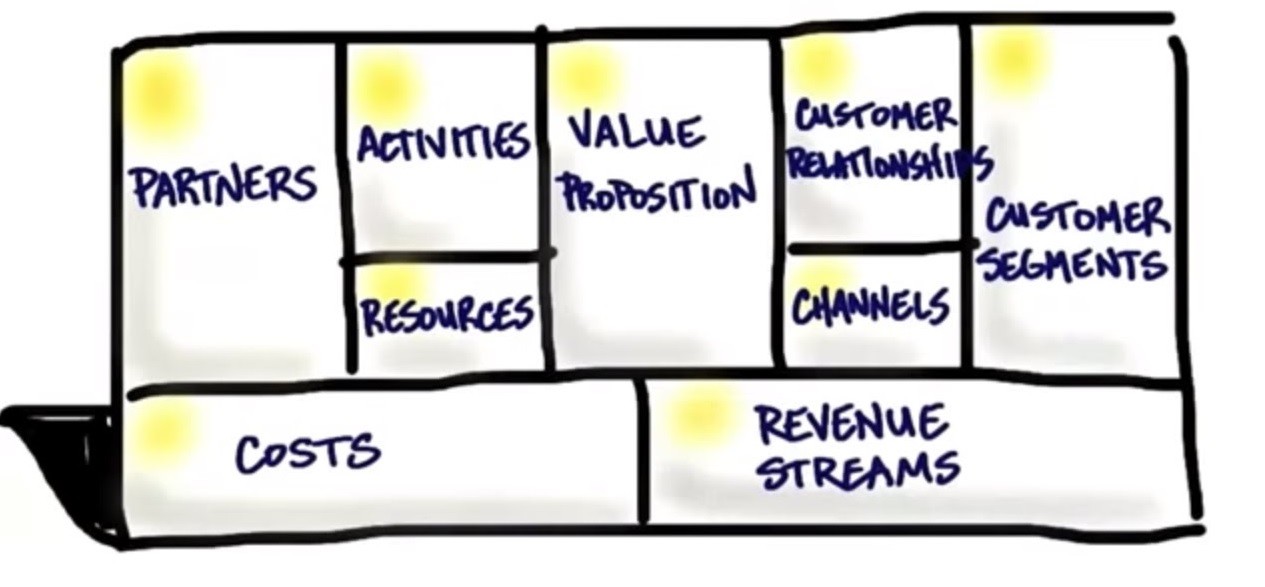Blog
The Winning Business Model

A business model comprises of several variables, including the organizational structure, strategic objectives, expertise and core competencies that allow an organization to create and remaining profitable. While a business model is made up of several building blocks, key drivers include the organization’s ability to identify and deliver customer segments and value propositions, and remain adaptive to external threats and opportunities. Nine out of 10 business fail within the first five years from poorly designed business models. I explore each of these drivers below for a winning business model:
Customer Segments
Customer segments enable the organization to identify activities and processes in order to target, persuade, and retain customers in those segments. By allowing the organization to focus its resources on catering to specific targeted audiences, customer segments have the potential to unlock new value propositions that benefit the organization’s bottom line as well as customer needs.
AT&T offers a prime example for how organizations utilize the concept of customer segments to attract as well as retain customers in the midst of intense competition. AT&T introduced its unlimited text plans to cater to its teenager customer segment after identifying that this specific segment texts more than using voice calls or other mode of cellular communication. AT&T commercials often depict teenagers sending texts to their family and friends without the stress of accruing additional charges. These commercials aimed to attract the teenager customer segment by resonating its needs and positioning the unlimited text service as a practical and hassle-free method of communicating. AT&T also introduced its “It Can Wait” campaign to educate this customer segment to be heedful of the dangers of texting while driving. Due to correctly identifying the teenager customer segment as mostly communicating via text messages, and molding its business model to better target this segment, AT&T was successful in sustaining its competitive advantage.
Nine out of 10 business fail within the first five years from poorly designed business models.
Value Propositions
An organization delivers value propositions that involve a specific set of attributes that differentiate its products or services to meet the exact customer preferences of that segment. In catering to the needs of a customer segment, the organization seeks to create value in the mind of the customers who choose its products and/or services over those offered by a competitor. In order to attract a customer segment, a value proposition may therefore include the element of newness, which is an entirely new product or service, or a new attribute to an existing product or service that did not previously exist. The first Apple iPod as the new digitalized music MP3 player is a prime example for value proposition through newness. Before the iPod, customers listened to music on CD disc players that were bulky and limited to songs that could fit on one CD. The iPod created new segment of customers who enjoyed the convenience of downloading music to their iPod that could store thousands of songs at a time through this new digital medium. This single product had the power to launch an entire industry of digital music and media.
Adaptability
In order to ensure a successful business model that remains adaptive to the environment and changing customer preferences, an organization must always be able to answer the following questions: “What are the threats and opportunities in emerging technologies and innovations that resemble my core competencies?” and “Who are our real competitors?” By responding to these questions, an organization can most aptly re-design a successful business model that is positioned to continue remaining competitive in the midst of changing economic forces.
In today’s dynamic business world, it is essential for businesses to perform strategic planning during and after business model generation. Even during times of intense competition, organizations that continue planning and segmenting their product/service lines to create value propositions for their customers, are most successful at attracting as well as retaining their customers. These organizations will always remain profitable.





Leave a Reply